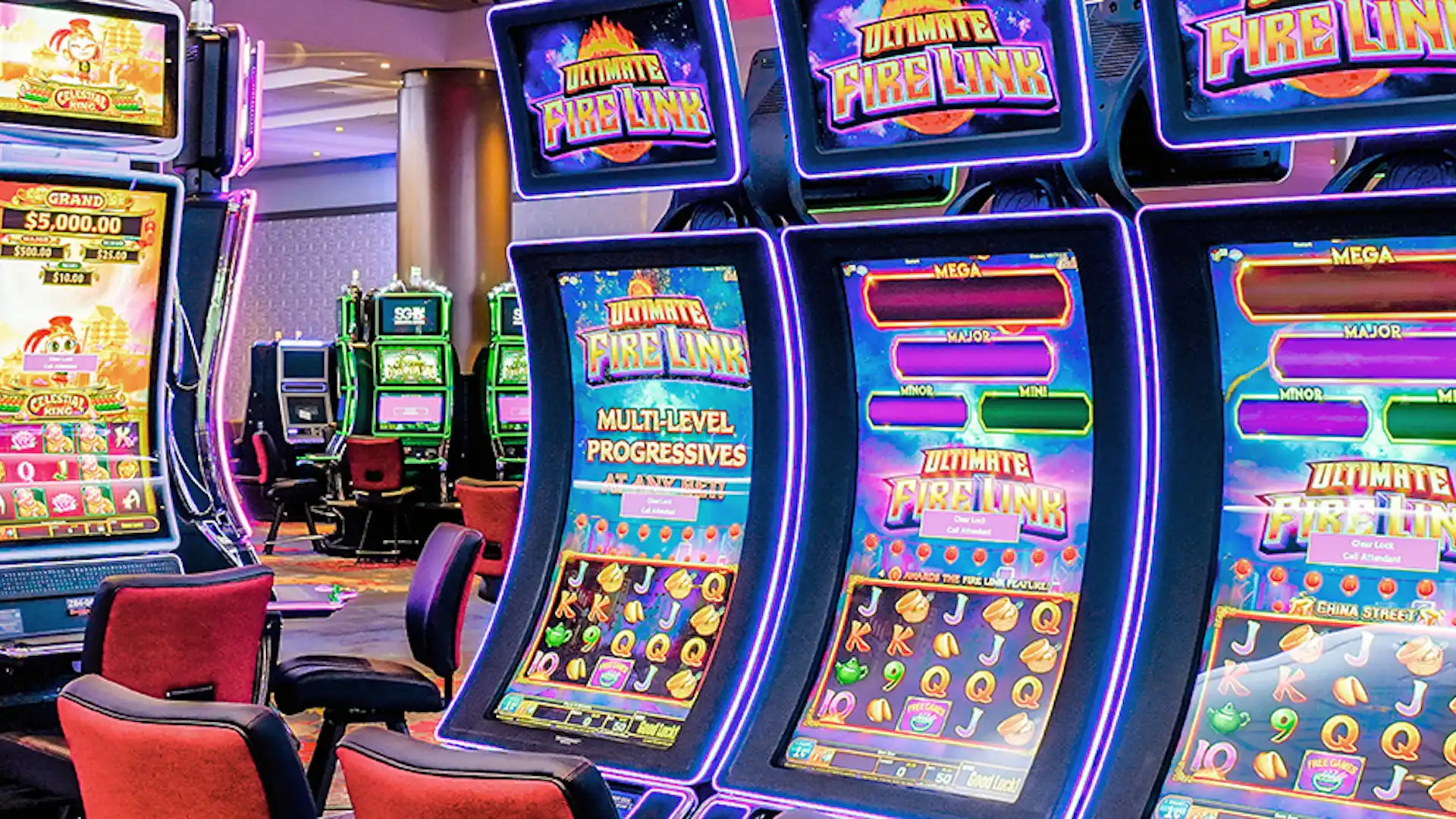The sphere of casino games has long enthralled participants with its mix of thrill, strategy, and the thrill of chance. As technology advances and the gaming landscape evolves, an exciting approach known as gamification has started to redefine the way we engage with these traditional games. By including gaming features such as challenges, incentives, and monitoring advancement, this approach enhances player interaction and changes the old-fashioned casino atmosphere into a much lively and immersive space.
Gamification in gambling entertainment not only attracts to experienced gamblers but also invites a new group of participants who desire a much immersive adventure. Featuring features that promote involvement and foster connection among players, the gamified features breathe fresh energy into cherished favorites like casino poker, 21, and fruit machines. As we dig deeper into this trend, we will investigate how this trend is transforming the casino atmosphere, making it far inclusive, fun, and beneficial for everyone involved.
Comprehending Game Mechanics
Gamification refers to the implementation of game-like features in real-world environments to boost user involvement and experience. In the realm of gambling, this idea has achieved considerable momentum, transforming conventional gaming into a more interactive and fulfilling adventure. By incorporating elements such as tokens, stages, and prizes, casinos can establish an environment that drives players to engage more often and for extended periods.
At the heart of gamification is the urge to harness the internal desires of players. Casino games that utilize gamification methods are shaped to not only entertain but also to foster competition and success. Players are often compelled to the prompt responses and advancement monitoring that these features provide. This not only keeps them involved but also fosters a feeling of success as they achieve goals and reveal new features.
Furthermore, gamification can enhance social interaction among players, fostering a social atmosphere that improves the pleasure of gaming experiences. Features such as ranking systems, team challenges, and collaborative tasks allow players to link with fellow players, share experiences, and battle in a friendly manner. This social aspect adds an extra dimension to the adventure, making it even more engaging and satisfying for participants.
Influence on User Engagement
Gaming techniques techniques in gaming establishments have significantly changed the way users engage with their beloved activities. By incorporating elements such as prizes, leaderboards, and trophies, gaming platforms create an atmosphere that encourages a deeper connection between gamers and the activities they enjoy. This improved engagement results to prolonged gaming periods and boosted player dedication, as players endeavor to achieve new milestones or claim unique rewards.
Furthermore, the communal feature of interactive casino games cannot be overlooked. Numerous venues allow gamers to battle against friends or other users, which adds a level of anticipation and community. This contest drives engagement by appealing into gamers’ desire to win, encouraging them to come back for additional in order to improve their ranking or display their successes. As a result, the community engagement foster a spirit of belonging that encourages users to play again.
Additionally, the immediate recognition and recognition provided by interactive features serve to motivate users. Whether it be a alert of a recent accomplishment or the thrill of earning a bonus, these instant rewards play a crucial role in maintaining attention. By constantly rewarding users for their participation, casino games become not only a leisure activity; they evolve into an immersive engagement that captivates players and boosts their pleasure.
Trends in Casino Game Design
The landscape of casino game design is continuously evolving, driven by technological advancements and evolving player preferences. shbet One important trend is the integration of interactive technologies, such as virtual reality and AR reality, to enhance the gaming experience. Such technologies create a more captivating environment, allowing players to feel as though they are in a physical casino, which can lead to prolonged play sessions and heightened player satisfaction.

Another trend is the integration of storytelling elements into casino games. Game designers are focusing on storytelling to create a deeper connection between the player and the game. This story-centric approach not only makes the games more enjoyable but also encourages players to invest emotionally, which can enhance their overall experience. By combining traditional gaming mechanics with captivating stories, developers are drawing in a wider audience who may not have before engaged with casino games.
Finally, the emergence of social gaming features is reshaping how players interact with casino games. Many games now feature social elements, such as sharing achievements or challenging with friends, to promote community and engagement. This trend reflects a shift towards a more interactive experience, where players can link with others, sharing their enthusiasm and struggles. As casinos adapt to these social dynamics, the act of gaming becomes not just about solo play, but also about building connections among players.